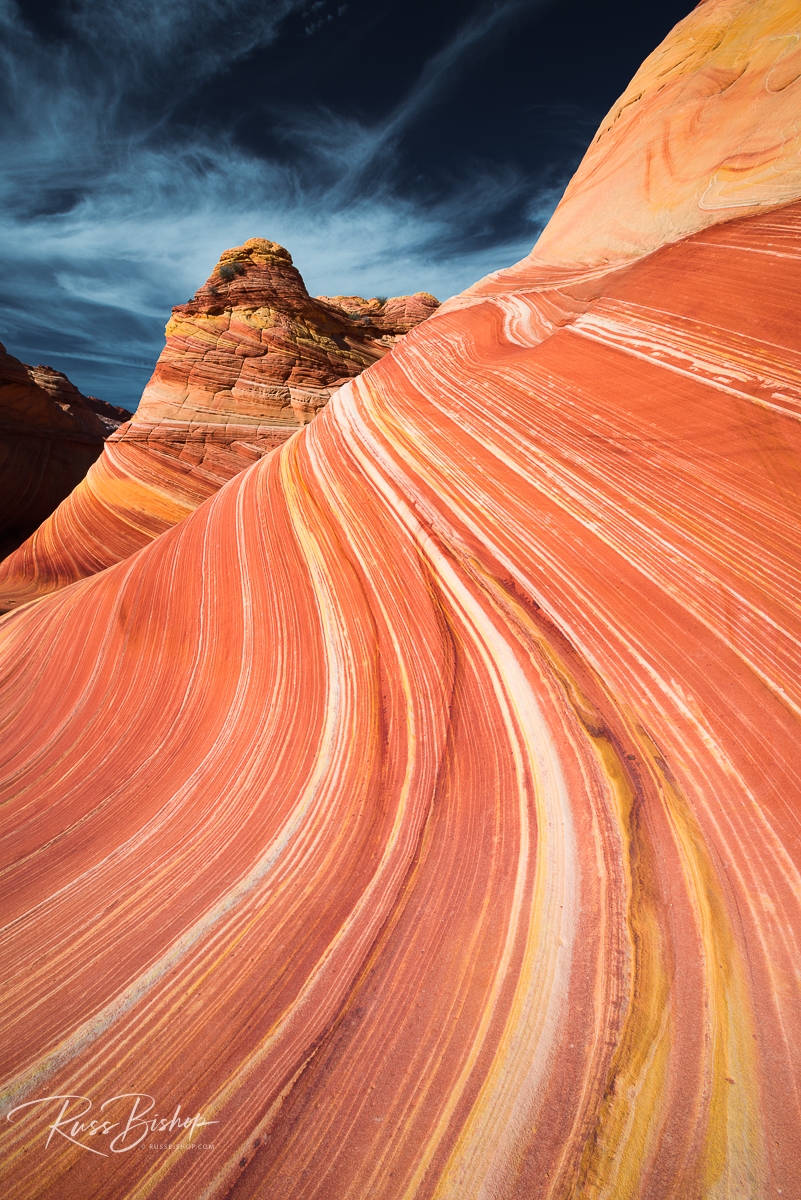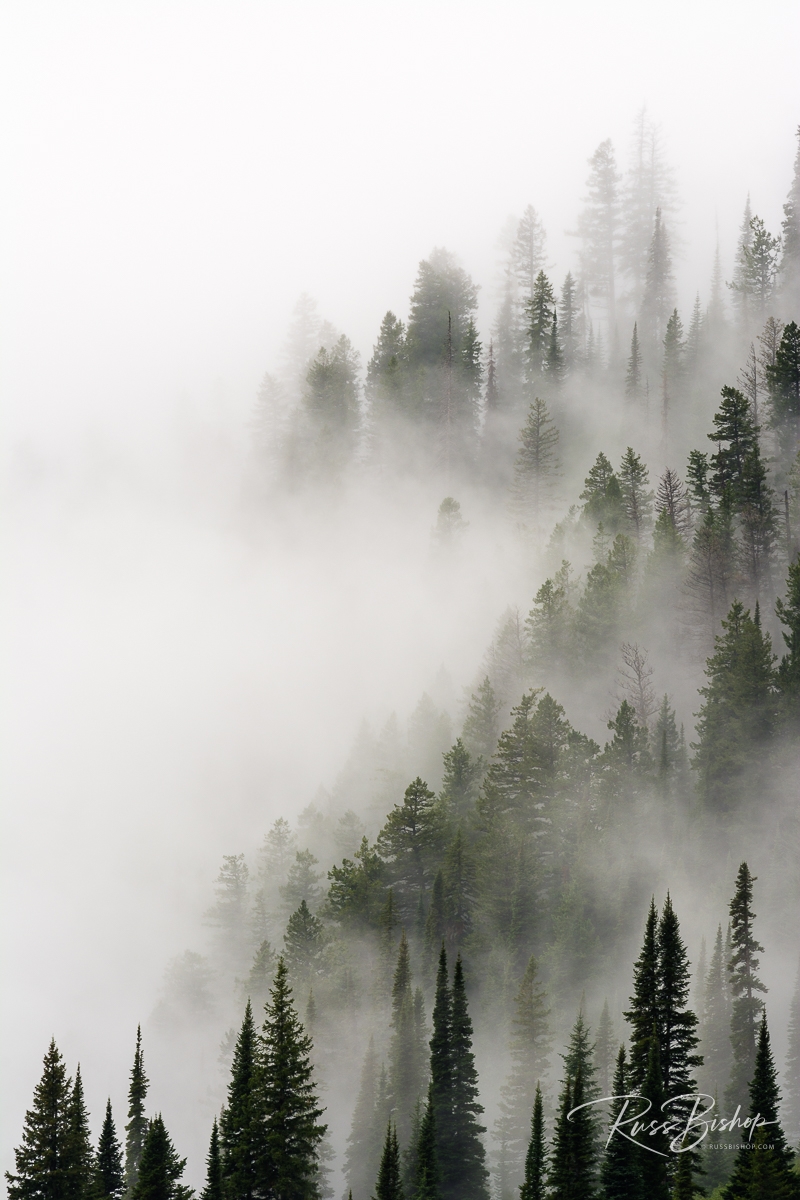
Landscape Tip: What’s Your Angle? Captivating landscape photography typically includes one or more elements that make it stand out from the crowd. Magical light, richly saturated colors, and dramatic vistas can all make for great images, but sometimes we’re not rewarded with these sure-fire conditions even after the long hike or braving the inclement weather.
Fortunately there are other ways to create visually dynamic imagery when mother nature is not cooperating – namely your lens and your eyes. Perspective is a powerful tool that is limited only by your choice of focal length and framing.
A wide-angle lens with both excellent depth of field and a wide field of view can be used to emphasize a foreground element such as a plant or rock within the context of its larger mountain or desert environment. In most cases this also creates visual tension within the frame by directing the viewer’s eye from near to far elements, which in turn adds drama to the composition.
So the next time the elements aren’t working in your favor try adding a little visual spice to the scene with this simple technique. A subtle change in perspective through lens selection or camera position can entice your viewers to linger within the frame and might just turn a good image into a great one.
©Russ Bishop/All Rights Reserved


